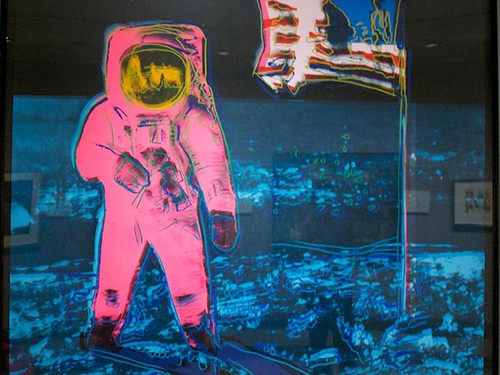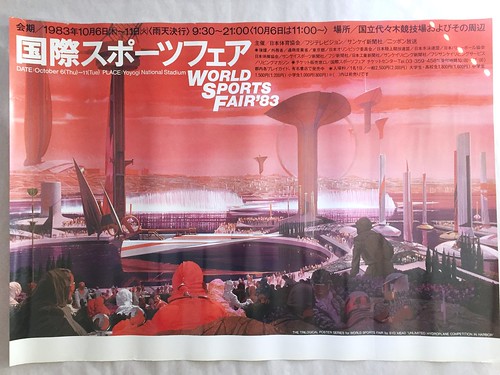NCNRs
Industry Structure: Fabs are in Favor – LTAs are the Tell – Fabricated Knowledge had this interesting article on the role of NCNRs – which means non cancelable, non refundable orders. Chip foundries have to spend an enormous amount of money to be at the cutting edge of manufacturing. They also need to retain staff who understand the best way to use this capital and the machines that it buys. So they spread the risk, which is where NCNRs come in. NCNRs provide the chip foundry with guaranteed revenue and remove the foundries dependence on all the other aspects of the customers supply chain. Don’t long term agreements do the same thing? Long term agreements do guarantee revenue over a set number of years, but it might not be delivered in an even manner, for instance Apple might half orders in one quarter and push back up again in the next. But if you combine NCNRs within an LTA you end up with an entirely predictable revenue stream. NCNRs mean that you capital expenditure becomes more predictable and your operating expenses have money to meet them. The foundry has worked to derisk this business by moving it on to the customer.
NCNRs works for the largest cutting edge foundries and their clients. But it could be also used to keep legacy foundries alive for the likes of car manufacturers.
Economics
Economists must get more in touch with our feelings | Financial Times – Jon Clifton, the head of Gallup, which has been tracking wellbeing around the world for many years, notes a polarisation in people’s life-evaluations. Compared with 15 years ago (before the financial crisis, smartphones and Covid-19) twice as many people now say they have the best possible life they could imagine (10 out of 10); however, four times as many people now say they are living the worst life they can conceive (0 out of 10). About 7.5 per cent of people are now in psychological heaven, and about the same proportion are in psychological hell.
Xi’s Great Leap Backward | Foreign Policy – Amid China’s worsening economic crisis, nearly one-fifth of those between the ages of 16 and 24 are now unemployed, with millions more underemployed. One survey found that of the 11 million Chinese students who graduated from college this summer, fewer than 15 percent had secured job offers by mid-April. Even as many U.S. and European workers are seeing their salaries surge, this year’s Chinese graduates can expect to earn 12 percent less than the class of 2021. Many will make less than truck drivers—if they are lucky enough to find a job at all – so much in this to unpack
UK’s debt and welfare payments bill set to soar by more than £50bn | Financial Times
Energy
Germany Sees Tidal Shift in Sentiment Toward Atomic Energy – DER SPIEGEL
Ethics
Why banning Huawei is proving easier said than done | Business | The Sunday Times – Huawei remains in the UK, with 1,000 or so staff working at offices including an HQ in Reading and a research and development centre in Cambridge, where it is investing £1 billion. It provides funding to universities and has a small stake in Oxford Sciences Innovation, which commercialises research from Oxford University. The BBC still shows Huawei adverts on its websites outside the UK, even though the company is alleged to have provided Chinese authorities with surveillance technology to target the Uighur population.
OnlyFans Accused of Paying Bribes to Put Enemies on Terrorist Watchlist
Finance
Economic misconceptions of the crypto world – by Noah Smith
India’s Fintech Success: UPI – by Jon Y
Catalyst Nodes Monitor – how many people are using Decentraland
FMCG
Exports of Korean Instant Noodles Hit Another Record – The Chosun Ilbo (English Edition)
Health
The Digitally-Savvy HCP | Indegene
Doctors are under more work pressure than during height of covid-19 pandemic in 2020 | The BMJ
Hong Kong
Chinese secret police warned exiled Hong Kong businessman over parliament plan — Radio Free Asia – China’s state security police threatened an overseas Hong Kong businessman who recently announced plans to set up a parliament-in-exile with repercussions for his family members who remain in the city, RFA has learned. Hong Kong’s national security police said last week they are investigating former pro-democracy lawmaker-elect Baggio Leung, overseas businessman Elmer Yuen and journalist Victor Ho for “subversion of state power” under a draconian national security law after they announced plans to set up the overseas parliament. “They warned me in advance [not to go ahead with the plan], but I ignored them,” Yuen told RFA in a recent interview, saying he had been contacted by state security police in Beijing, not the national security unit of Hong Kong’s police force. “They gave me a number of warnings, [including] saying I still have family members in Hong Kong,” he said, adding that there “no point” in worrying about it. Yuen’s comments came as his daughter-in-law Eunice Yeung, a New People’s Party member of the current Legislative Council (LegCo) whose members were all pre-approved by Beijing ahead of the last election, took out an advertisement in Hong Kong’s Oriental Daily News, publicly severing ties with her father-in-law – a couple of things. 1/ This will drive awareness and consideration of the parliament. 2/ It is very similar to the cutting ties done by Myanmar families of opposition members
Hong Kong’s shortened covid quarantine won’t revive its economy — Quartz – the Hong Kong government this week finally shortened mandatory hotel quarantines for inbound travellers from three days to seven. But the city remains as cut-off from the world as ever. Tourists and business travellers are deterred by Hong Kong’s stringent, costly, and often unpredictable quarantine measures. As a result, Hong Kong’s economy has taken a hit, sliding into a recession last month following two consecutive quarters of negative GDP growth. The outlook is clouded with uncertainty, as zero-covid policies locally and on mainland China continue to weigh on consumer demand and trade.
Innovation
Interesting view on DARPA’s Gambit project. It builds on scram jet technology to build a more efficient energy.
Neuromorphic Chip Gets $1 Million in Pre-Orders – EETimes
Media
MoFi sold high end vinyl pressings and claimed that they had a high-end analogue only chain from master tape to vinyl pressings. The reality is rather different. That doesn’t mean that the records are not great quality recordings, but they aren’t what they claim to be.
TikTok employees complain of ‘kill list’ aimed at forcing out London staff | Financial Times – pretty standard wolf culture practice and then this at Google: Google issues threats to its employees – behave or get fired | Gizchina
Online
Millennial Internet Tics Have Gone From Cool to Cringey – The Atlantic – I’m still guilty of the “Millennial pause.” After hitting “Record,” I wait a split second before I start speaking, just to make sure that TikTok is actually recording. Last year, @nisipisa, a 28-year-old YouTuber and TikToker who lives in Boston, coined the term in a TikTok about how even Taylor Swift can’t avoid the cringey pause in her videos. “God! Will she ever stop being relatable,” @nisipisa, herself a Millennial, says. Gen Zers make up a larger portion of TikTok’s base, and have grown up filming themselves enough to trust that they’re recording correctly. Which is why, as short-form video comes to Instagram (Reels), YouTube (Shorts), and Snapchat (Spotlight), the Millennial pause is becoming easier to spot
Reverse Image Search – Find Similar Images | Duplichecker.com – a metasearch engine like Dogpile, but for reverse image searching
China regulator says Alibaba, Tencent have submitted app algorithm details | Reuters
Retailing
Back to the trend line? — Benedict Evans – the post-COVID impact on e-tailing
Japan’s online shoppers call time on spending spree | Financial Times
Security
China National Intelligence Law – article seven makes for particularly grim reading if you are engaged in the Chinese market, have Chinese employees or use Chinese products
Interesting dig into the US aid being sent to the Ukraine and what it implies about strategy.
Taiwan
2022 TSMC Update – by Jon Y – The Asianometry Newsletter – really interesting update on TSMC
China fears losing international support for its claims on Taiwan: analysts — Radio Free Asia
Telecoms
Google tries shaming Apple into adopting RCS with #getthemessage campaign – The Verge – of course they won’t talk about how Google abandoned RSS and XMPP









